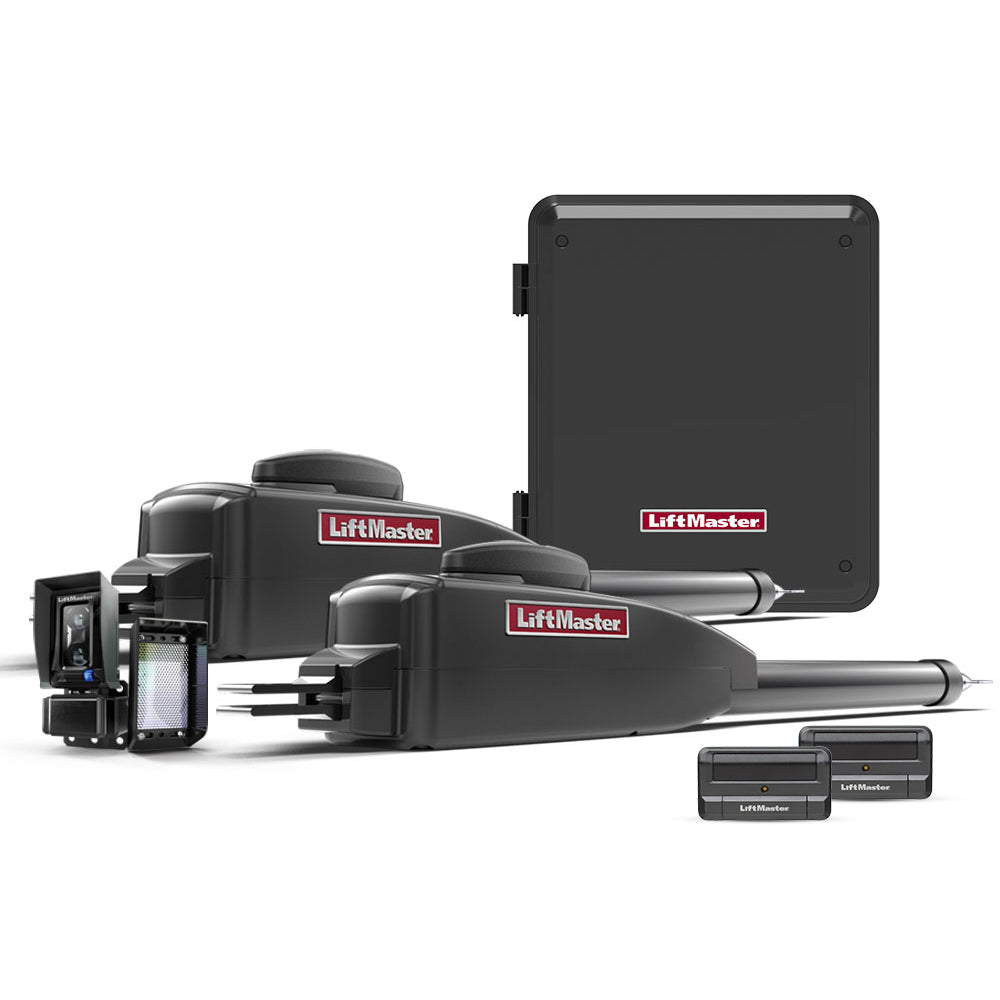Automatic gate operators have revolutionized property access control, offering convenience, security, and efficiency. These motorized systems effortlessly open and close heavy gates, enhancing the overall functionality of any property. Sliding Gates and Swing Gate operators both are no exception to this fact.
For property managers, then, understanding the ins and outs of their sliding gate operators is paramount. From ensuring the safety of residents and visitors to optimizing property management, knowledge of these systems is indispensable.
In this All Security Equipment post, we want to take you through a quick look into the essential components of a sliding gate system and explore why a comprehensive understanding is crucial for property managers.
By grasping the intricacies of sliding gate operators, property managers can make informed decisions about purchase, installation, maintenance, and troubleshooting. This knowledge empowers you to select the right system for your property, optimize its performance, and minimize downtime.
Reasons to have a comprehensive understanding of your gate operator.
-
Safety and Security: Ensuring the safety of residents, visitors, and property is paramount. A well-maintained sliding gate operator with robust safety features can deter intruders and prevent accidents.
-
Property Value: A secure, efficient, and aesthetically pleasing entry point can significantly increase property value. Prospective tenants or buyers are often drawn to properties that prioritize safety and convenience.
-
Operational Efficiency: Smooth gate operation contributes to efficient property management. Minimizing downtime due to malfunctions saves time and resources.
-
Cost Management: Regular maintenance and timely repairs can prevent costly breakdowns and replacements. Understanding the system helps identify potential issues early on.
Essential Components of a Slide Gate Opener System
The Gate Structure

The foundation of any sliding gate system is its physical structure. Here’s a more in-depth look at its components:
-
Panels: Gate panels are movable sections that open and close to allow or restrict access. While typically made of metal or wood, panels can also be constructed from composite materials or PVC for added durability and low maintenance. The weight and size of the panels significantly impact the required operator power.
-
Track: The track provides the pathway along which the gate panels move to open and close. The track’s material (steel, aluminum, or composite) and installation method (surface-mounted or embedded) influence the gate’s performance and longevity. Proper alignment and drainage are crucial to prevent issues.
-
Wheels and Rollers: Wheels provide the mechanism for the gate panels to move along the track smoothly and efficiently. The wheels are mounted either directly onto the gate panels or onto brackets attached to the panels. High-quality wheels and rollers with sealed bearings ensure smooth operation and reduce wear. Regular inspection and lubrication is essential.
-
Support Posts and Brackets: Support posts provide structural stability for the gate track and panels. These posts are often made of durable materials such as steel or concrete and are designed to withstand the weight and pressure the gate exerts during operation. Strategically positioned along the gate track, often at the ends and intervals along the length of the track, support posts distribute the load evenly and prevent sagging or misalignment. Proper installation and reinforcement are crucial, especially in windy or high-traffic areas.
The Operator Unit

Gate operators are the motorized heart of the system. Key components include:
-
Motor: The operator, often called the gate opener or motor, is the heart of a sliding gate system. This part of a sliding gate provides the power necessary to open and close the gate panels. It consists of an electric motor housed within a durable casing, along with gears, pulleys, and other mechanical components necessary for transferring power. The operator can be activated manually through switches or buttons or remotely using devices such as key fobs or smartphone apps - A Good example of such a system is the LiftMaster myQ app and their gate operators.
-
Gearbox: Transmits power from the motor to the gate. The gear ratio determines the gate’s opening and closing speed.
-
Control Board: The brain of the system, managing functions like opening, closing, stopping, and safety features. Advanced control boards offer additional features like timers, remote access, and integration with other systems.
-
Limit Switches: Determine the gate’s opening and closing positions, preventing damage from overtravel.
-
Rack and Pinion or Chain Drive: Converts rotational motion from the motor into linear motion for the gate.
Safety and Control Systems

Safety is paramount in gate automation, and advanced features help prevent unauthorized entry. Key components include:
-
Photocells: Detect obstacles in the gate’s path, preventing accidents.
-
Edge Sensors: Detect obstructions along the gate’s edge, reversing the gate if necessary.
-
Remote Controls: Offer convenient wireless operation.
-
Keypads or Access Control Systems: Provide secure access for authorized users.
-
Intercom Systems: Allow communication with visitors before granting access.
Choosing the Right Sliding Gate Operator
Selecting the appropriate operator involves considering several factors:
-
Desired Speed: Faster opening and closing times may be necessary for high-traffic areas.
-
Security Needs: Choose operators with advanced security features like anti-cloning technology.
-
Budget: Balance desired features with available funds at an affordable price point.
-
Aesthetics: Consider the operator’s appearance and how it complements the gate’s design.
Additionally, ensure the operator is compatible with both iOS and Android devices for enhanced convenience and accessibility.
With a better understanding of the main and secondary components to look out for in automatic gate openers, you are now one step closer to being prepared to purchase your own to enhance the perimeter security of your property.
Here at All Security Equipment, our customer service team is already prepared to help you in that journey and take your equipment to the next level. Contact us today!












